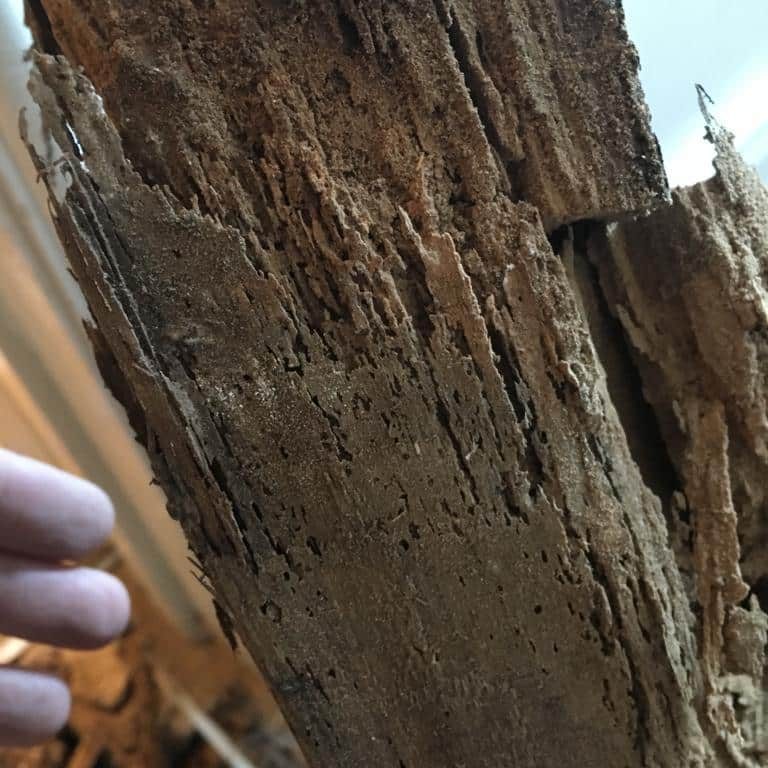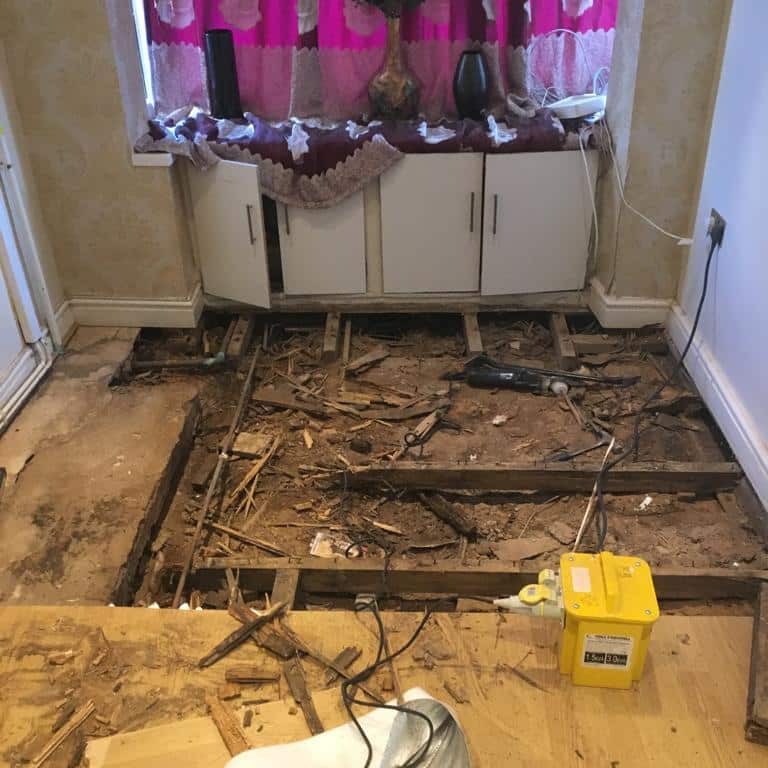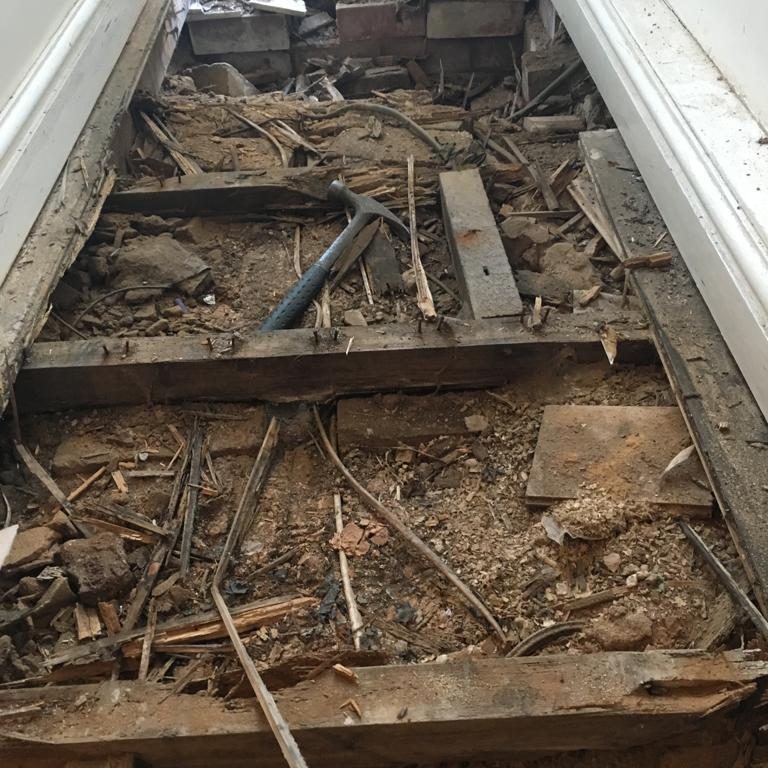The most hazardous type of fungal degradation is dry rot. It concentrates on the wood in buildings and eats the components that give wood its strength.
Because it can produce moisture through the digestion of wood, it can thrive without a source of moisture. As soon as dry rot begins to develop, the stability of the building's structural structure might be seriously compromised.
If you think your Solihull property could have dry rot, arrange for an examination and treatment from a professional as soon as possible. Get in contact with us immediately if you reside in the Solihull region because if the dry rot is not swiftly diagnosed and treated, all of the affected wood may need to be removed and replaced.
Dry Rot Solihull
There are four major stages in the lifecycle of dry rot in a Solihull home:
Spores - The spores of the dry rot fungus can be found in the air. Nearly always, some documentation is left behind. Before becoming active, spores need air, moisture (around 20%), and nourishment (timber).
Hyphae - In moist wood, the spores start to make small, white tendrils, or hyphae, which puncture the surface and rot the wood. They take up moisture from the timbers like roots and distribute it throughout the wood, acting like cobweb threads.
Mycelium - These hyphae combine and grow as a single unit to form mycelium, a substance resembling cotton. As it expands, mycelium looks for new wood to grow on.
Fruiting Body - When the fungus reaches the final stage, its body takes on the shape of a mushroom. As the dry rot fungus spreads from the body's core, the new spores it creates are carried by the air to other parts of the body.


Why do you have Dry Rot in Solihull?
Dry rot spores are present in the air, but issues only arise when the correct circumstances are present for them to thrive. These circumstances entail damp wood with a 20% moisture content that is exposed to the air.
Your Solihull house will be severely impacted by dry rot since moisture in the wood is typically the consequence of a building mistake. As a result, the following factors frequently contribute to dry rot in homes:
- ascending damp
- overflowing moisture
- leaky downpipes and gutters
- a lack of ventilation
How to Identify Dry Rot in Solihull
In Solihull, dry rot can be challenging to find, especially in its early stages. Later in the life cycle, mycelium and fruiting bodies are the most prominent signs of dry rot.
The following are some possible signs of dry rot:
- Mycelium, which is delicate and fluffy white, is all over the wood. Inside the mycelium, brittle threads may form.
- Greyish-white "skin" in patches with undertones of yellow and violet.
- A fruiting body that mimics a mushroom; it has a pancake- or bracket-shaped form and is soft and squishy. It contains numerous pores and is often orange in colour, becoming rusty in the centre.
- Red spore-created dust is frequently observed near fruiting bodies.
Are you unsure if you have dry rot in your Solihull home?, contact CGT Carpentry for dry rot treatment if you notice any symptoms or smells.

